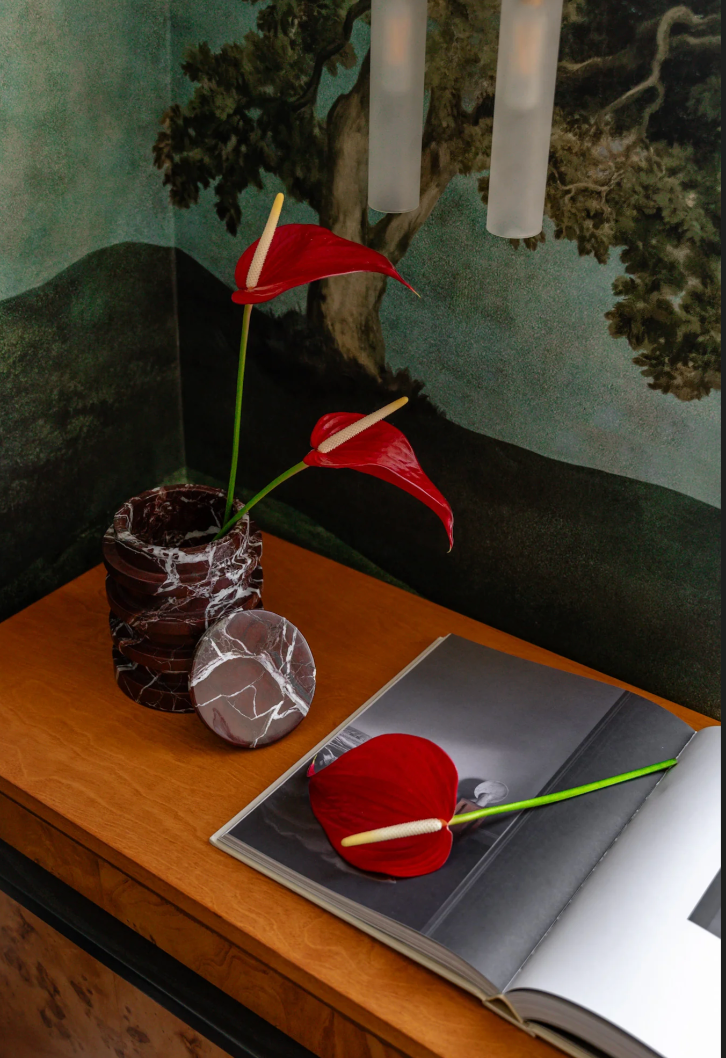NORTHWEST BLACK EXHIBIT - SPOTLIGHTING LOCAL BLACK ARTISTS
- Vivian Phillips
- Nov 23, 2021
- 4 min read
Jake Prendez and Judy Avitia-Gonzalez made a space that sits on the border of the West Seattle and White Center neighborhoods to host monthly exhibits focused on marginalized communities and communities of color. Nepantla Cultural Arts Gallery expresses the meaning of the word from the Aztec language, which describes being in the middle, or the space in the middle. In November, they took that space and centered the work of Black artists from the Pacific Northwest.
Curated by Jasmine Jamillah Mahmoud and Vivian Phillips, northwest Black features the work of seven artists – Adetola Abatan, Myron Curry, Rebecca Garcia, Erika Bell, Maya Milton, Stephanie Morales, Mirai Okamura-Culpepper, and runs through November 28. We hope you can plan a visit during the long holiday weekend! Nepantla is located at 9414 Delridge Avenue SW, Seattle, 98106. Gallery hours are Thurs – Sun, 12 - 6 pm.
Here is a glimpse of the works on view and the curatorial statement accompanying the exhibit:
FROM THE CURATORS
What does it mean to be a Black artist? What does it mean to be a Black artist in a predominately white city like Seattle? Every once in a while, I am reminded of these questions. Perhaps it was 20 years ago when the CD Forum hosted a panel discussion on exactly this theme. Is one considered to be Black first and an artist next? And if so, what restrictions are automatically imposed as a result? Can one successfully claim their artistry without any necessity to attach the construct of race?
Two decades ago the questions eclipsed the answers and what is evident today, in this exhibit, is that these artists, all of whom share a Black descendancy of some stripe, are cultural messengers signaling their humanity! Self-taught, community messengers and organizers, multi-ethnic, trained, literal, impressionistic, futuristic, spiritual, unapologetic, empowering, and all things in between and on both ends, these artists are part of what makes northwest Black, a very special kind of crayon.
Being a Black artist anyplace in the world should never relegate one to a particular style, aesthetic, storyline, or depiction of the human experience. These 7 artists bring a diversity that shouts “Black is not a monolith” and it is our joy to share the Nepantla space to sing their praises. We honor and appreciate your vision and creativity, and thank you for elevating what it means to be a Black artist, a northwest Black artist!
- Vivian Phillips, Curator

What is the art in this room? How might we seriously and joyfully hold the form, themes, techniques, and aesthetics of these Black and Afro-Diasporic artists from the Pacific Northwest?
Maya Milton’s My Brilliance is Beyond You centers a surreal black female figure. Her braids are purple, and as she holds her face, we view how her skin radiates with circles of green, yellow, and pink, from which rays extend to the frame’s edges. As our region often lacks the sun, celestial bodies animate much of this exhibition. (How many “suns” do you spot across these works?) Electric excitement in red, yellow, and blue defines the sparse, sketch-heavy Child of the Sun by Mirai Okamura-Culpepper. In Erika Bell’s 432 HERtz, a female figure in thought and sound is adorned by a moon-like half-sphere; “she’s in her element,” Bell tells me. A glistening hummingbird flies in front of the feminine figure in Rebecca N. García’s Afro Galaxy Green, which symbolizes, she told me, “wisdom” and links her Mexican and Black heritage. García’s Afro Galaxy Orange further articulates what she calls “inner duality.”
Inspired by vessels, Stephanie Morales presents four new serial portraits that at times evoke religious iconography (Madonna) or growth (Pollinator); linking each are the half-moon face; brown, green, and blue colors; and her experimental technique using gold leaf and resin. Another series: Adetola Abatan’s “Covering” is inspired by this region -- the physical beauty and cool dampness, and socially, the Seattle Freeze; Abatan “use[s] pieces and scraps of paper to simulate the warmth and movement of nature woven into patchwork quilts” and adjoins each work with a short poem. Also regionally specific is Okamura-Culpepper’s “Price of Life,” where a tent housing the homeless neighbors high rise condos, shadowed by Seattle’s iconic Space Needle; this work asks what is the price of life in a city defined by so much wealth and poverty?
Portraiture exists throughout. Myron Curry self-describes his style as “spontaneous realism”; his Melanin Love represents a black youth through regal purple which saturates her skin. In other portraits, we think of music and genius (Curry’s Ray Soul), bright hope (Erika Bell’s color-blocked silhouette Boy, wishing), pride (Bell’s Godfidenceis “an ode to the durag,” she told me), and calmness and the recurring sun (especially in Solar Energy which Maya Milton describes as a “celebration of Muslim women.”)
Collectively, these artists identify as African American, Afro-Latina, African, Afro-Asian, Afro-Indigenous, and, simply, Black. As Vivian writes, “Black is not a monolith.” This is exemplified by these artists and their works which move through portraiture of so many styles; differently engage with materials including acrylic, gold leaf, and mixed-media; and articulate themes of other worlds, and of this one marked by location, religion, identity, and interiority. This is the vast art in this room.
-- Jasmine Mahmoud, Curator
Read more about the artists from their interviews with curators here: Northwestblack.wordpress.com







Comments